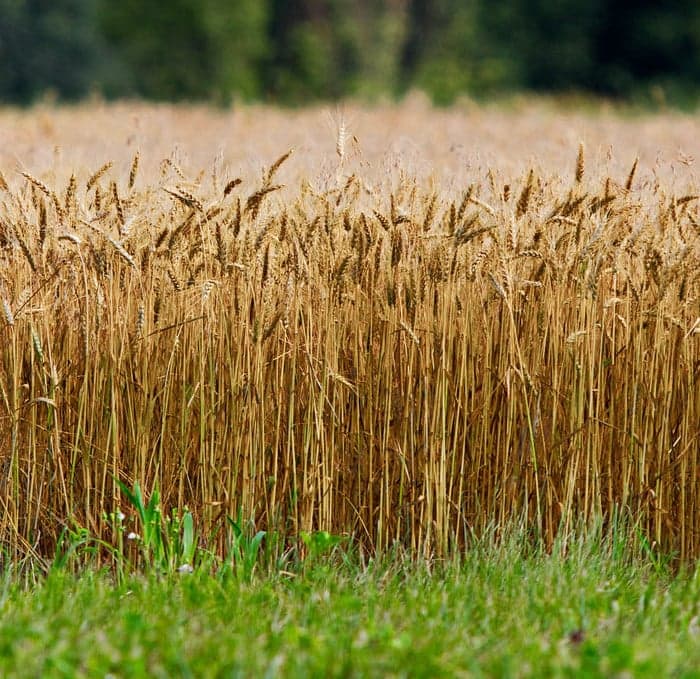Published:
Who doesn’t love a good grilled cheese sandwich, bowl of ice cream, or a freshly grilled hamburger? All of these crowd favorites and more have been continuing to take a larger chunk of change out of the consumer’s pocket due to a global rise in food prices. Food prices reached a two-year high this past June due to the climb of meat, dairy and wheat prices internationally. There has been a growing demand for meat throughout the globe with beef being the fastest-growing meat category in Asia which in turn has let the U.S. begin shipping supplies to the Chinese market for the first time in 13 years. Analysts have estimated this could open up a multi-billion-dollar market for American producers in the coming decade. Also, butter has been the fasting growing in the dairy category, even leading to a severe butter shortage in France. (To learn more about “Buttergate” check one of our past blogs here) In the realm of all things wheat, cereal prices have skyrocketed due to the record-setting harvests of corn in South America this past year.
There are three major causes of rising food prices globally: high oil prices, the subsidizing of corn for biofuels, and people are simply eating more meat. The rise in oil prices does not only affect the gas prices but in turn are a major player in fertilizer which has contributed to the 20 percent cost rise of raising grain. Additionally, the growing use of corn to make ethanol in America has resulted in many countries producing more corn for biofuels leading to a lower food supply. As of 2017, food prices rose 8.2 percent in the last year, the highest annual increase since 2014.
This rise in food prices has led to riots and starvation internationally. Venezuela is one country feeling the effects of the rising prices. After finally getting through an acute food shortage, just a few short years ago, food has returned to supermarket shelves but with a hefty price tag. This has created the reality of having food within eyesight but out of reach. Since this is an infeasible way to live, the government has begun to let up on enforcing price control on food basics such as eggs, milk, and flour. However, even with these cutbacks, citizens still are suffering from lack of nutrients such as protein. On the other side of the globe in Iran, many individuals have begun protests due to the price increase. Due to items such as eggs rising 40%, farmers are turning the blame to the heightened price of imported feed while others blame it on the political problems occurring in the country. In addition to the price increase, unemployment and inflation have also continued to grow. With three million jobless and more than 35% of Iranians under the poverty line the country is feeling the harsh effects of the food prices and continued inflation. The Food and Agriculture Organization of the United Nations, FAO, monitors the FAO Food Price Index which is a measure of the monthly change in international prices of a basket of food commodities. This past December, the index displayed a slight decline with hopeful projections of the trend continuing in 2018.
File under






